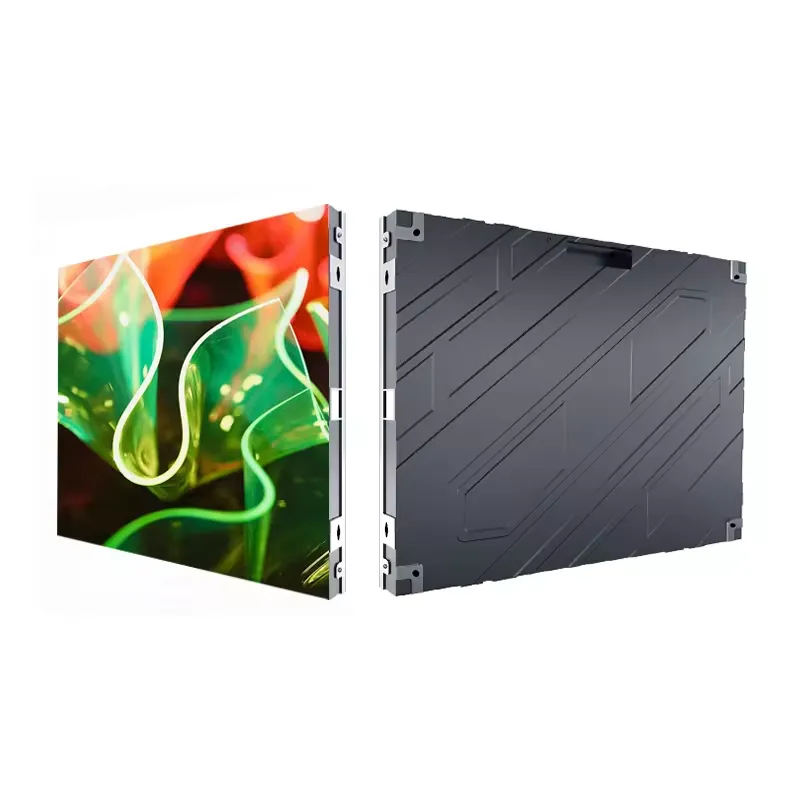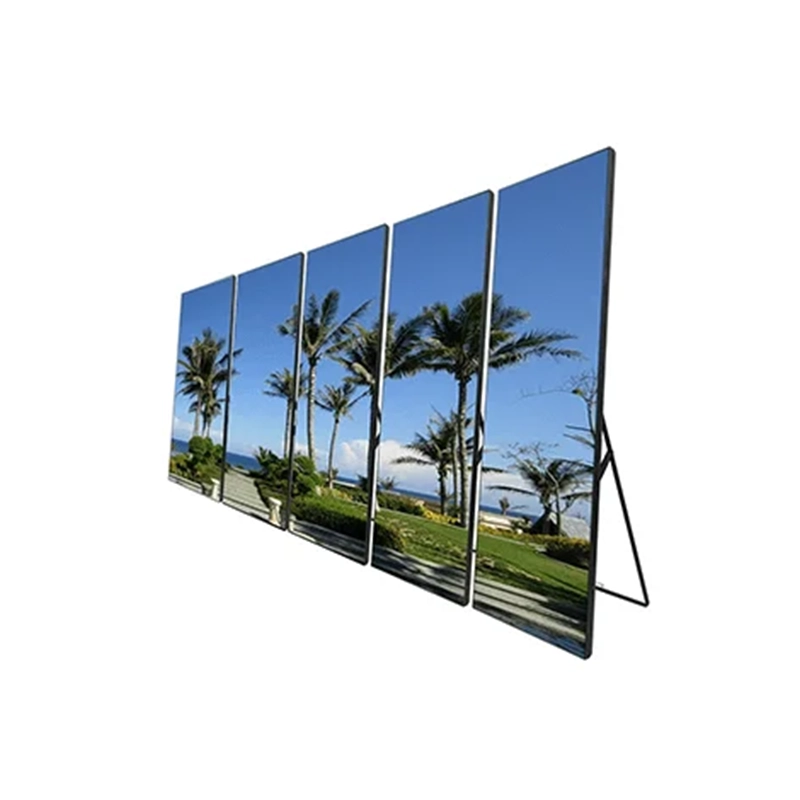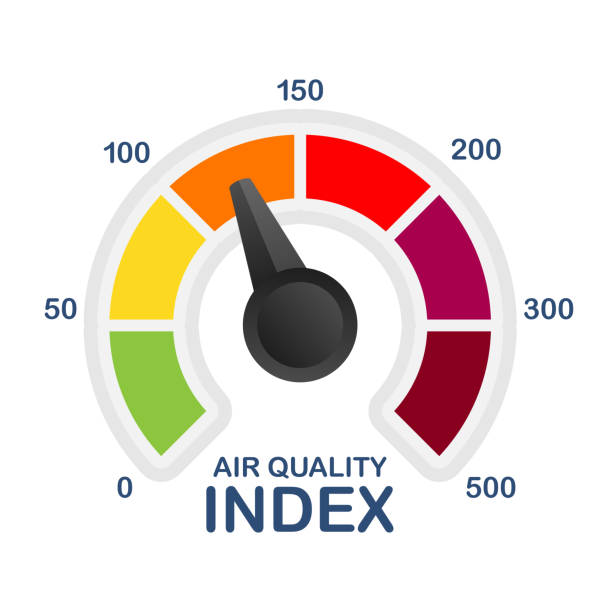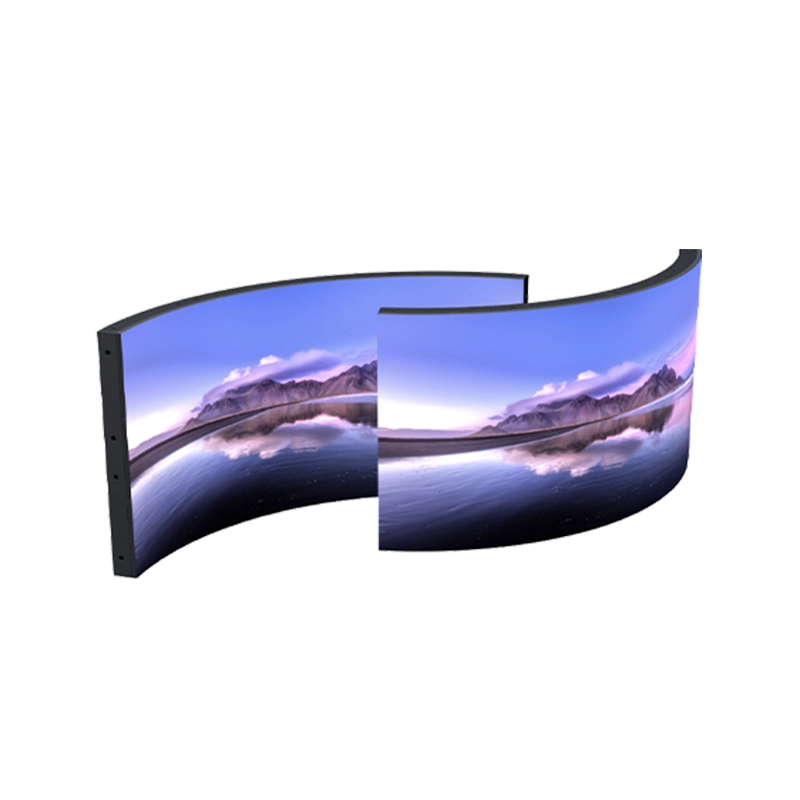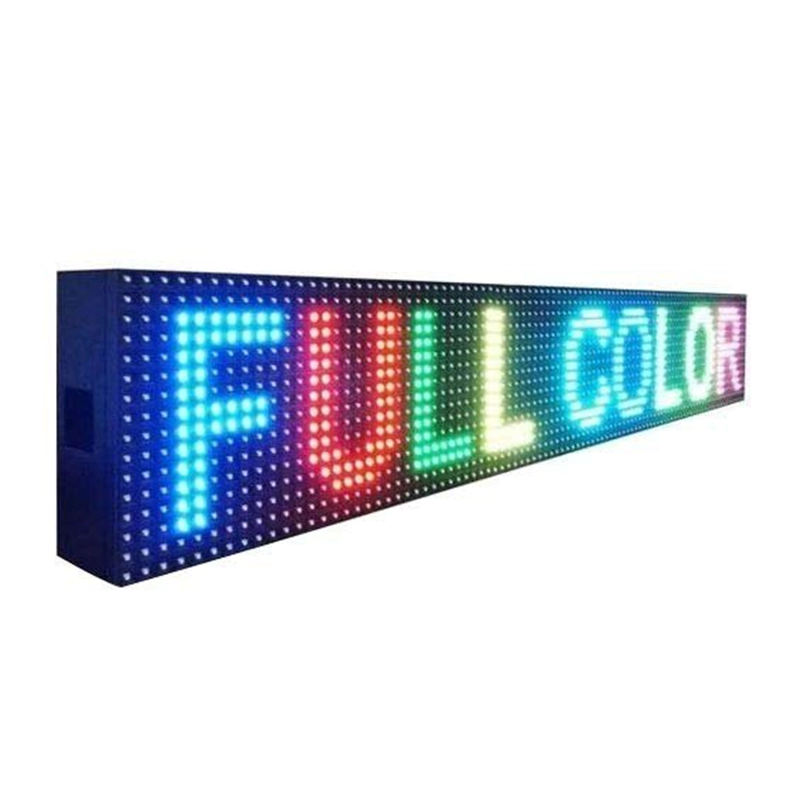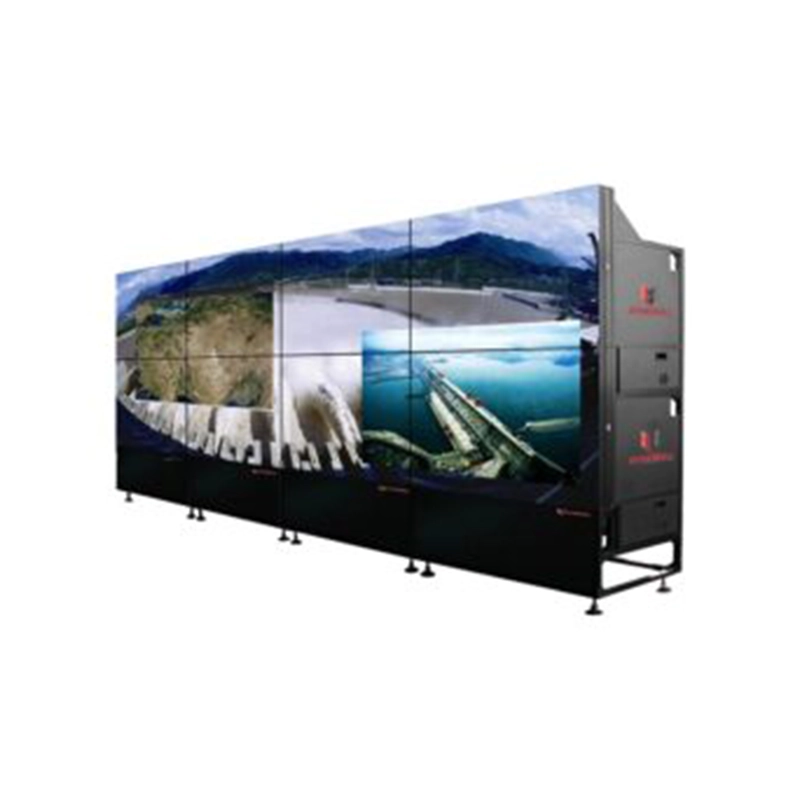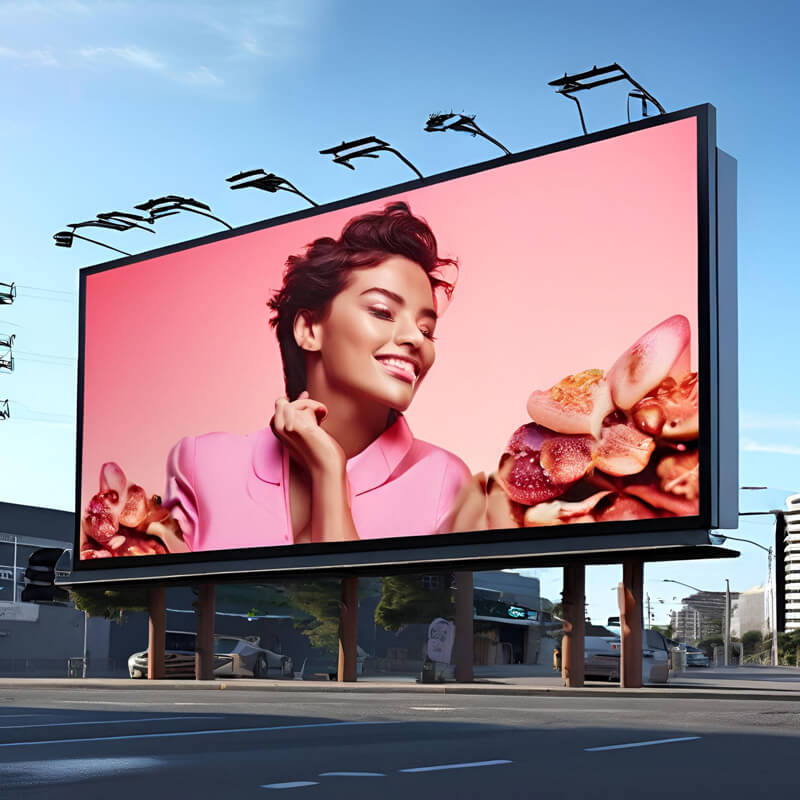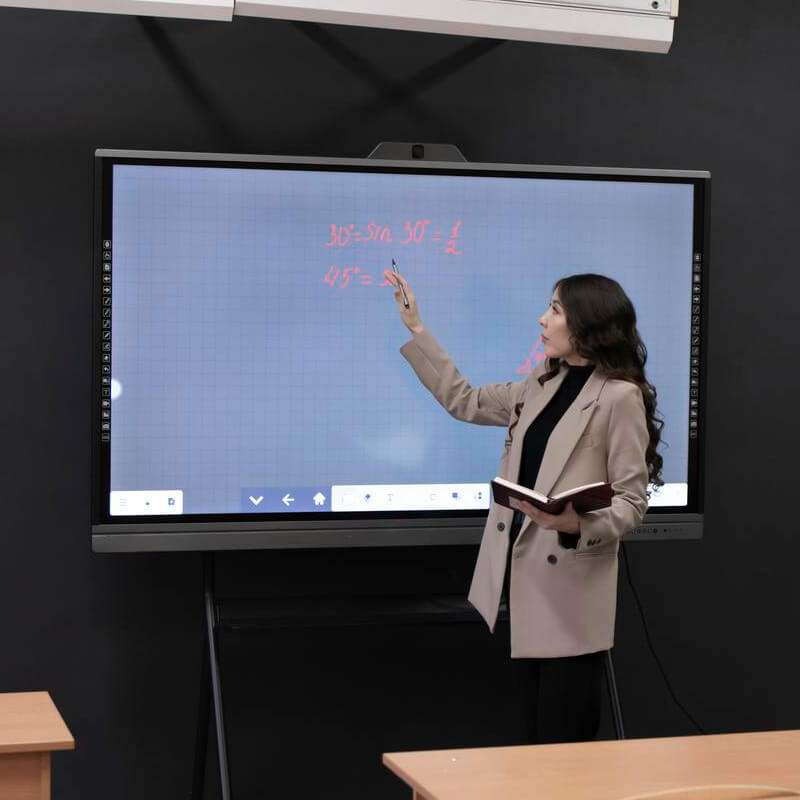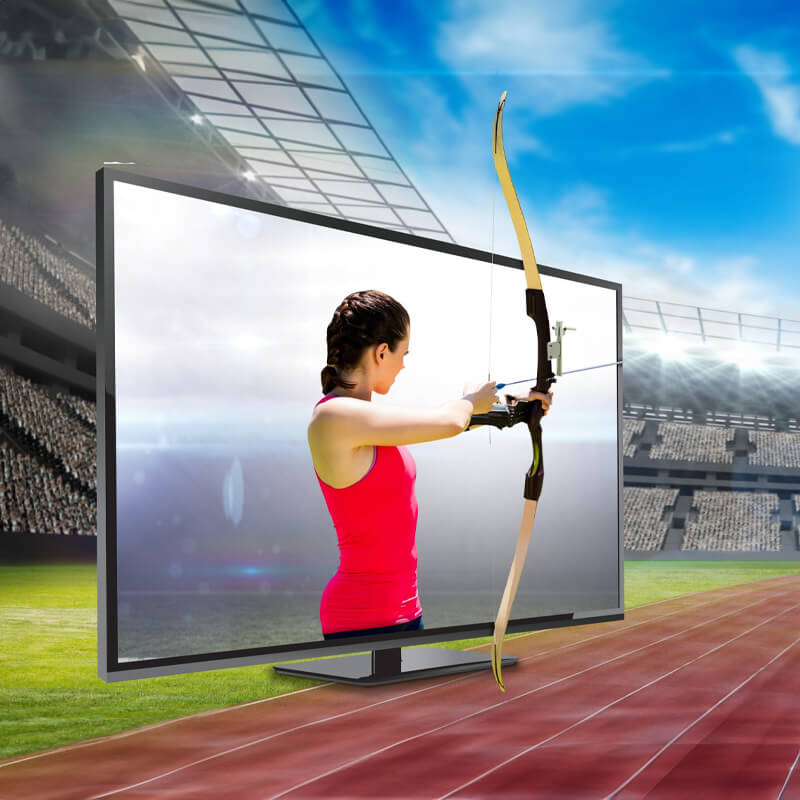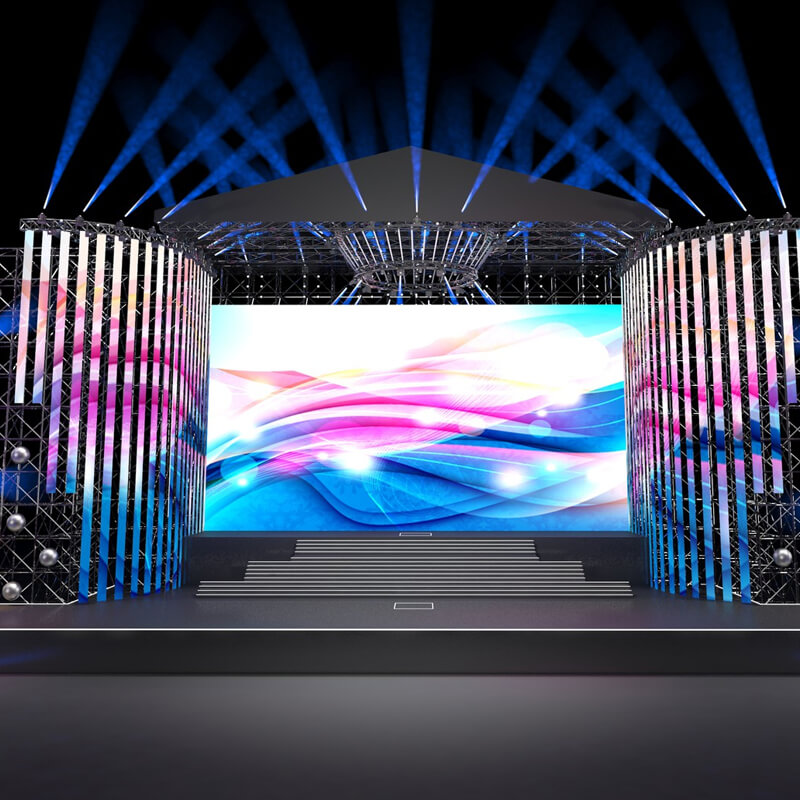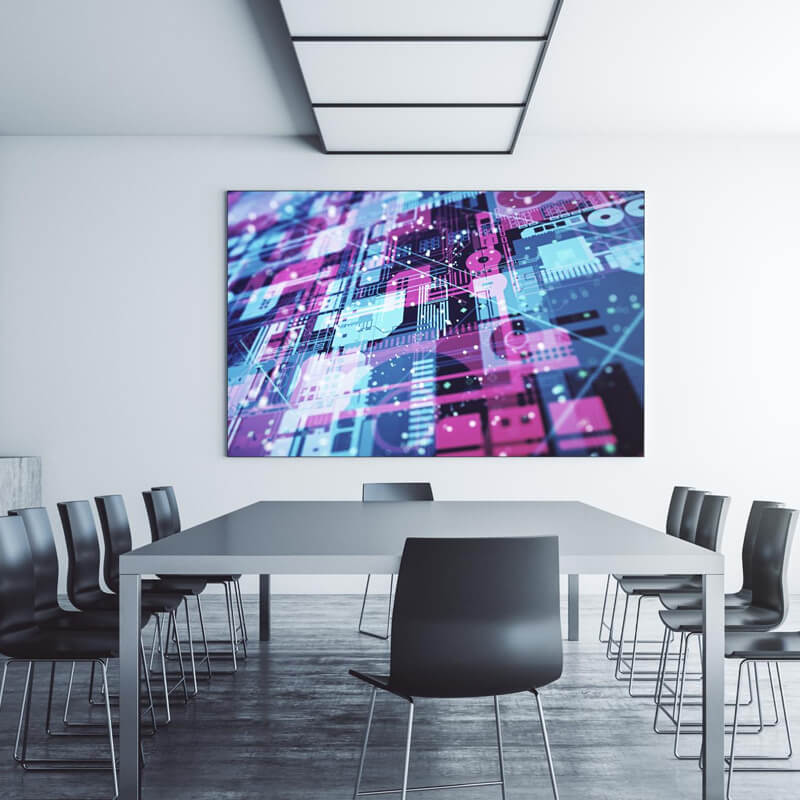INTRODUCTION
When it comes to creating a captivating visual experience, choosing the right LED display size is critical. Whether you’re setting up a screen for a concert, conference, retail space, or house of worship, the size of your LED display can significantly impact visibility, engagement, and overall event success. But with so many options available, how do you determine the ideal size for your venue? Let’s explore the key factors that influence this decision.
Understand Your Venue Dimensions
The first step in selecting an LED display is analyzing the physical space where it will be installed. Consider the height, width, and depth of the venue. A larger space typically demands a bigger screen to ensure that content is visible from every angle. Measure the viewing distance from the farthest point in the audience to the screen — this will help determine the pixel pitch and overall dimensions needed for optimal clarity.
Define the Purpose of the Display
Is your LED screen meant for live video, text announcements, digital signage, or vibrant advertising? The intended use will influence the resolution and size. For example, if you’re displaying detailed video content or intricate graphics, a higher resolution and larger screen will be essential. On the other hand, for simple messages or directional signage, a smaller screen may suffice.
Consider Viewing Distance and Pixel Pitch
Pixel pitch refers to the distance between individual LED pixels and directly affects image clarity. A smaller pixel pitch (e.g., 1.5mm) provides sharper images and is ideal for short viewing distances, while a larger pixel pitch (e.g., 5mm or more) works better in larger venues where viewers are seated farther away. Balancing screen size and pixel pitch ensures that your content looks great no matter where viewers are located.
Match Screen Size with Audience Size
A screen that’s too small for a large audience can make content difficult to read or follow, leading to disengagement. On the flip side, an overly large screen in a small room can be overwhelming and impractical. Estimate the number of people attending and their seating arrangement. Ensure everyone has a clear, unobstructed view of the screen without strain.
Factor in Budget and Installation Constraints
While it’s tempting to go big, your budget and installation conditions may impose limitations. Larger screens with higher resolution come at a premium, and installation might require additional structural support, electrical power, or ventilation. Always balance your desired display quality with what your space and budget can realistically accommodate.
Choose the Right Aspect Ratio
Another important consideration is the aspect ratio — the proportional relationship between width and height. Common formats include 16:9 for video content and 4:3 for traditional presentations. Ensuring your LED screen matches your content’s format will prevent distortion and make the visuals more professional and appealing.
Think About Future Flexibility
Technology and content needs evolve over time. If your venue will host different types of events, consider modular LED displays that can be resized or rearranged as needed. This flexibility allows you to adapt without investing in new equipment every time your requirements change.
Conclusion
Choosing the right LED display size is not just about picking the biggest screen you can afford — it’s about aligning screen dimensions with your venue’s physical characteristics, audience needs, and content goals. By carefully evaluating these factors, you’ll ensure your investment delivers maximum impact and a memorable visual experience.
